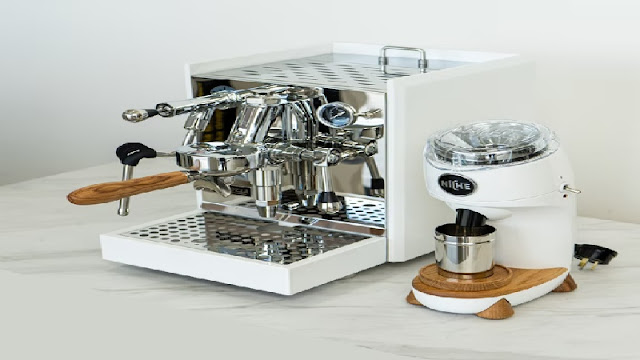get the edge on smarter machines
The machinery and equipment manufacturer (OEM) market is highly competitive, with the expectation of continuous price / performance improvement over every generation. Customers recognize the need for connected, flexible, scalable and intelligent machines to support the ongoing Industry 4.0 revolution, which combines physical operations with digital technology and big data to create a more holistic ecosystem. There is a constant tension between making these technological improvements while keeping costs down at the design, development, and product management levels.

Digital transformation enables machine and equipment
manufacturers to improve design and support the development of new performance
and equipment maintenance services. When deployed, Edge Computing can
facilitate a smooth transition from modern hardware to digitally supported
computers that end customers need to be able to integrate into their connected
operations. This includes many features such as local or cloud connectivity to
fully integrated smart machines that embrace digital transformation without the
need for complex upgrades and redesigns in there upcoming.
What is Edge Computation?
Edge Computing is a walkable, modular technology that
support the development of standardized and interoperable software components
and applications to improve efficiency. This can help unify existing OEM
applications such as monitoring and control software on a single platform,
while allowing other mission-critical applications such as Historian, MES, and
OEE / Performance Monitoring to run on the same platform. It simplifies the
development of machines and equipment with the intelligent industrial Internet
of Things (IIoT) and makes it easier to add future applications that support
the evolution of Industry 4.0 customers and the demands of intelligent
manufacturing.
It's time for the latest computing with smart machine
The OEM market is entering a retro that will bring as many
changes as the introduction of the PLC. Edge Computing is a dangerous
technology that will enable this transition without creating insurmountable
engineering challenges. Edge Computing platforms will play an important role in
extending traditional hardware control and automation capabilities. They will
also act as a bridge for OEMs to self-drive digital transformation initiatives
and integrate with their customers' initiatives.
Edge computing platforms need to be simple, secure, and self-contained.
There are three fundamental principles that guide effective
edge computing platforms. When choosing the right platform, consider the
following considerations:
Simplicity
An edge computing platform should be easy to install and
deploy in minutes, with an intuitive, easy-to-use management interface. In the
case of redundant systems, if the unit needs to be replaced, it takes just one
button press to restore the system to its full functionality.
Protection
The platform should include built-in safety features and
ensure smooth failover to redundant systems in the event of a failure or if the
platform detects a future problem ahead of time. It must be industrial grade to
withstand the extreme temperatures, vibration and humidity prevalent in
hazardous and remote locations where it is installed.
Autonomy
The edge computing platform must be managed remotely, either
through a cloud service, or it can be incorporated into a hardware designer or
client management solution using a set of standard application programming
interfaces (APIs).
Just as machine automation using PLCs and PACs
revolutionized equipment design over 40 years ago, smart factories and smart
manufacturing are redefining the industrial world. Applying digital
transformation concepts allows companies to operate at peak performance by
leveraging the data gathered by control systems and sensors, enabling OEMs to
improve design and support the development of new performance and maintenance
services.

.jpg)